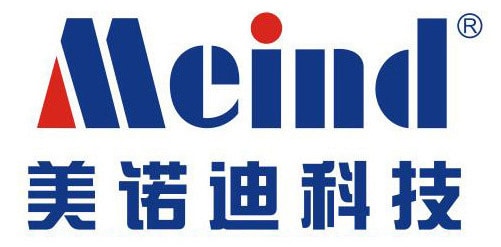What Is an Inductive Load for Power Inverter?
An inductive load is a part of an electrical circuit that uses magnetic energy to produce work.
Most electrical appliances, motors, and other devices can be classified as either inductive or reductive, and this usually has to do with how they absorb and process energy.
Inductive circuits tend to be large and usually depend on a coil or other routing system to store and channel energy, and as a consequence most are found in industrial and heavy-duty appliances.
Common examples include transformers, electric motors, and electromechanical relays.
These sorts of tools basically store energy until it is needed and, once it is, they convert it with a series of magnetic fields; together this process is known as “inducting.” These sorts of loads often have to be harnessed and protected to keep the energy flowing in only one direction, since the force of the power can cause damage to the circuit or connected breakers otherwise.
Electrical Load Basics
Electricity is measured in individual units depending on output needs, but in most cases the total amount of energy coursing through a circuitry system is referred to as a “load” at the point where it the appliance is absorbing or actually using the power. Loads can be large or small, and have different strengths in different applications.
In most cases there are two types of loading, and inductive models are usually characterized by the use of electromagnetic fields. Electromagnetism in these settings will actually cause the energy to move from the source, like an outlet or voltage adapter, into the heart of the circuitry where it can be used to power whatever it is the device does.
How Inductors Work
When a voltage differential is applied across an inductor’s leads, the inductor converts electricity into an electromagnetic field. When the voltage differential is removed from the leads, the inductor will attempt to maintain the amount of electrical current flowing through it.
It will discharge when the electromagnetic field collapses, or if an electrical pathway is created between the two inductor leads.
An electric motor is a common example.
In these cases, the load is used to convert electricity into physical work. It generally requires more power to start turning the rotor initially than it requires to keep an already-turning rotor in motion, and when voltage is applied to the leads on an electric motor the motor generates a change in magnetic flux.
This change induces an electromotive force that opposes the forward-turning force that would start the motor turning; this phenomenon is called a back electromotive force (EMF).
After several seconds, an electric motor will have overcome the some of the impedance caused by a back EMF, and will function as designed.
Efficiency
Back EMF causes some of the power from the power source to be wasted.
For this reason, an inductive load such as an alternating current (AC) electrical motor will use only about 70% of theelectrical energy to do actual work.
This means that such loads will require a power supply that can provide enough electrical power to start the motor. This power supply must also provide enough power for the motor to perform physical work as needed.
Importance of Diodes
The inductive process is usually prone to what is known as “blowbacks,” which means that the energy isn’t checked and can cause circuit overloads if it isn’t limited.
In addition, some inductive loads, like the electromagnet in an electromechanical relay, might feed a power surge back into the circuit when power is disconnected from the load, which can damage the circuit.
For this reason most devices and machines made in this style also have protective “diodes,” which basically act as circuit breakers and require that energy can go in — but prohibit it from also flowing back out.
When the power is switched off, the diode dissipates the power surge by providing a one-way electrical path across the inductor.
It will dissipate electrical power until the electromagnetic field collapses or until the power surge current is insufficient to activate the diode.
